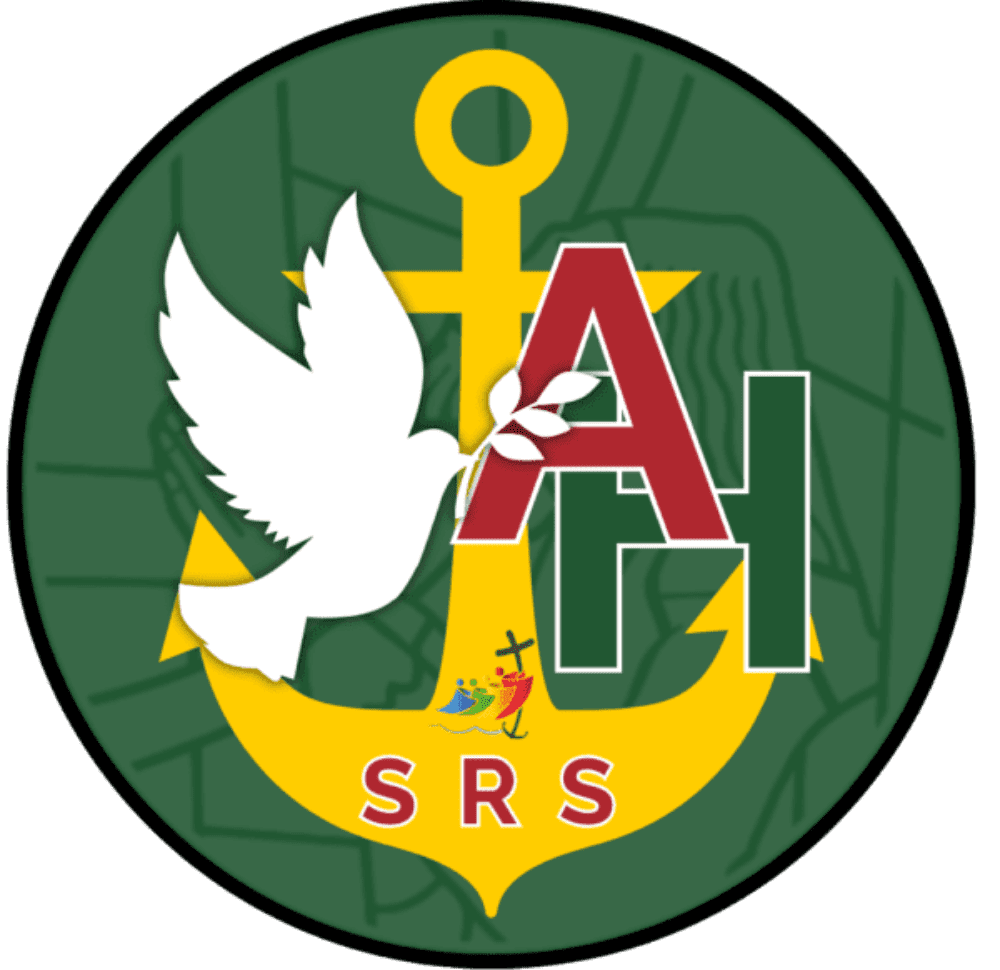Art
‘Logic will take you from A to B, imagination will take you everywhere’. Albert Einstein
Intent
To build an Art curriculum which develops learning and as a result extends student knowledge and skills.
- A want to learn and understand how each student is able to improve.
- To support, challenge and inspire students to achieve and enable them to be better prepared for the world of work.
- To provide an inclusive curriculum that encourages high standards.
- An internal moral code based on British values.
- To enhance transferable skills, such as reasoning, co-operation, research – independent study, presentation, thinking skills and decision making.
By the end of K.S.3.
- Students will have been taught the formal elements of observational drawing, colour and design.
- How Artists have shaped the understanding of our world and elements of its history.
- The study of particular artists and an understanding of their work through research and practice.
- Be able to use key word terminology in the context of research and annotation.
By the end of K.S.4.
Students to have a greater understanding of:
- Observation and mark making.
- Be able to extend their personal ideas.
- Be able to research aspects of artists, movements and their work. Record this visually and in written form.
- Learn unfamiliar techniques and explore these over time to encourage focus and sustainment in the production of concluding pieces.
- Mastery of fine art will be a key element within the course whereby students strive to achieve very high standards over the two years of study.
- Have an understanding of the examination requirements to achieve best results.
- Transition – be equipped to move onto the next level of study.
Implementation
Clear and comprehensive schemes of work and lesson planning in line with indicators from the National Curriculum and examination courses.
- Focused lesson planning and implicit learning objectives.
- Focused assessments which are day to day, periodic and transitional from one key stage to another.
- High levels of expectation together with high levels of engagement.
- Target setting at all levels.
- Individual progress tracked by classwork, sketchbook, internal exams, termly school assessments.
- Using other agencies to inform, such as consultation with parents
- Strengths and weaknesses identified and planned intervention to take place.
- Teacher questioning, testing and retrieval practice.
- Teacher modelling and demonstration.
- Student evidence of review and how it is they are able to improve.
- Use of the computer such as power point to generate visual material and as a research tool.
- Use galleries and local museums to generate exhibition and extend teaching/learning capacity.
- Provide and monitor the uptake of extra – curricular activities provided through the art club and other competitions offered annually.
- Use the local environment to generate ideas and work based on, Town and Landscape.
- Demonstrate all of the above in the production of art study sheets, sketchbooks, in and out of class exhibitions and examination course portfolios.
Current annual events include The Spa Prize, exhibiting alongside professional artists in the Green Man Gallery – The Buxton Museum and Art Gallery Exhibition (linked with another local secondary school).
Projects at K.S.3 include – Colour theory, observational drawing, Impressionism, Cubism, Surrealism, Perspective, Design, Pattern and Texture, Printing and Painting methods linked to colour theory.
Projects at K.S.4
Portraiture/figures and Landscape linked to town, sea, sky.
Impact
There will be an over – arching philosophy which links each of the three areas to achieve optimum levels of achievement in our students.
- Student attitudes towards the subject and their motivation to do their best.
- Develop curious learners through the challenge of the subject content.
- Main sources of impact will be in the quality and breadth of work seen in books, on the wall in the classroom and around the school.
- Equally how students perceive the subject and how they respond to their work, questioning, and any retrieval practice over time.
- Students will achieve age related expectations and some will achieve beyond the national standard.
- Students will retain knowledge about their focus artists for each unit of work.
- Students will be able to use art terminology.
- Students will have an understanding of the five genre.
- Students will have a repertoire of practical skills.
- Recognise art movements and artists they have been studying.
- Students will know where they are and what it is they can do to advance their learning.
- Students will see the work of others and in doing this, be able to make judgements about their own work. In doing so be able to rework this to a higher standard.
- Practice focused skills to create work of a standard beyond the national average at K.S.4.
The Art Curriculum falls into two domains.
1. The context of the education system
2. The wider world of history, production and exhibition.
Intervention
Individuals and groups are identified and additional learning strategies are used to develop skills and knowledge through building block techniques, additional visual material and choice type work that respond to different levels of ability within the class.
Where possible the classroom/learning environment is adapted to suit student needs.
Adapt to the students emotional and behavioural needs. Adopt and be aware of school and county policy.
Use of other professionals within the school and county.
View other school exhibition and liaise with reference to policy and practise.
Learning Environment
Displays will be a mix of celebration, resources, and informative material.
Extended curriculum will encourage students to use the facilities ‘out of hours’.
Open ended projects will provide opportunities for all to explore and develop personal ideas.
Specialist materials and equipment will be available to all.
Praise and reward will encourage student learning.
View other school exhibition and liaise with reference to policy and practise.
Curriculum Organisation
To cater for the needs and interests of a full range of learners. ‘Talented’ students will engage in extension work that meets their individual ability.
Planning will be reviewed each year and projects tested, adapted, and developed to suit the needs of all.
The curriculum is progressive and builds on the previous year of work, year on year.
Planning will continue to be developed through computer generated resources.
Any professional training will be used to inform and develop teaching methods, so that students can benefit from new ideas and classroom practice.




